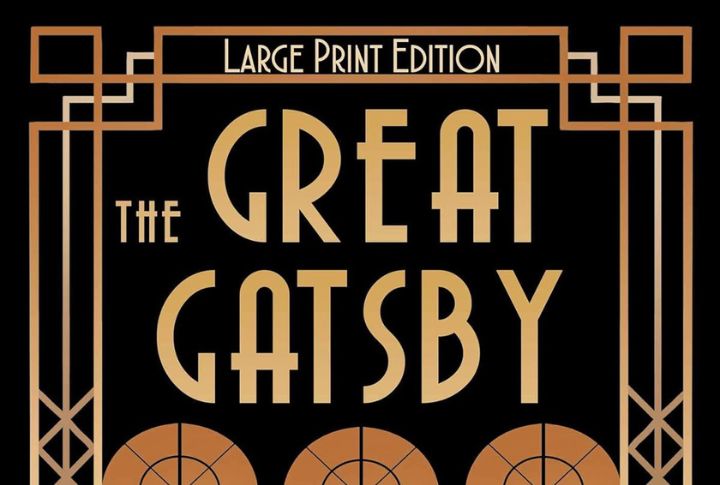
You’ve probably analyzed these books or nodded along when others praised their brilliance, but chances are, you got the message wrong. These ten novels have been warped by time and surface-level takes. What lies beneath is sharper and way more interesting. Let’s set the record straight on the most misunderstood books you thought you knew.
The Great Gatsby

Gatsby’s extravagant parties hide a life full of lies and unfulfilled longing. Fitzgerald uses this to expose the emptiness beneath wealth and obsession. While many view “The Great Gatsby” as a love story, it actually delivers a harsh critique of the American Dream’s false promises.
Lolita
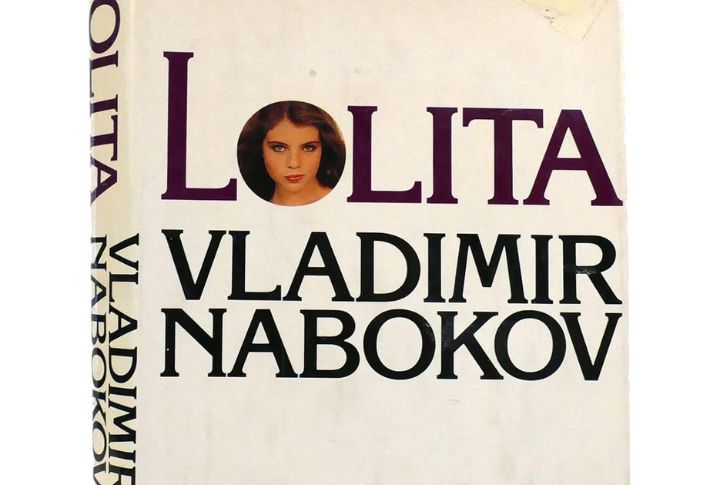
Often mislabeled as a romance novel, “Lolita” is a disturbing story about manipulation and control. Nabokov deliberately uses an unreliable narrator to trick readers into questioning morality, consent, and complicity. It’s a psychological trap, not a love story.
Frankenstein
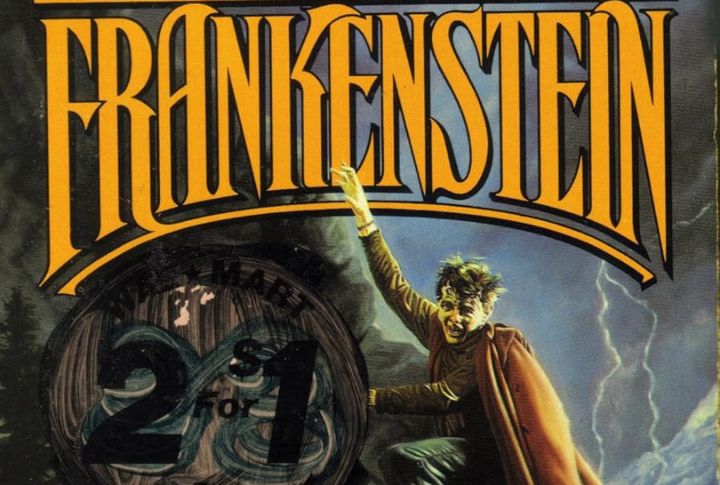
Shelley’s “Frankenstein” isn’t about a monster terrorizing villagers—it’s about Victor, a scientist’s reckless ambition and moral failure. The real horror lies in Victor’s refusal to take responsibility for his creation, exploring themes of isolation and ethics.
1984
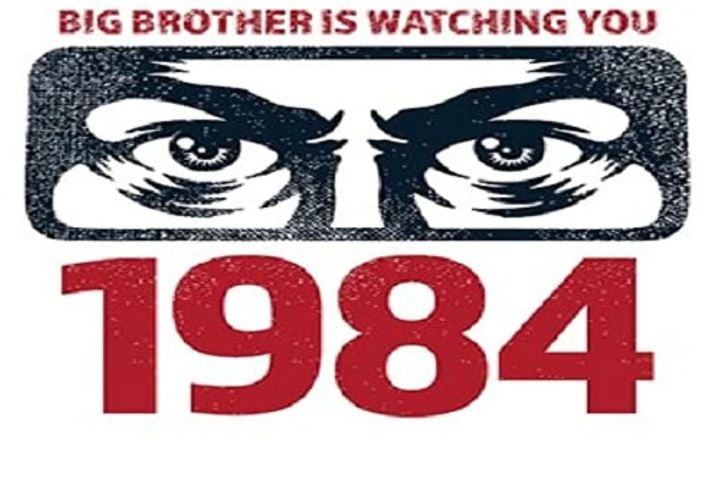
Many people see “1984” as just an anti-communist story, but Orwell actually criticized all totalitarian governments. His work warns about constant surveillance and how states manipulate the truth. It serves as a broader warning about unchecked power rather than opposing any specific government or ideology.
Wuthering Heights
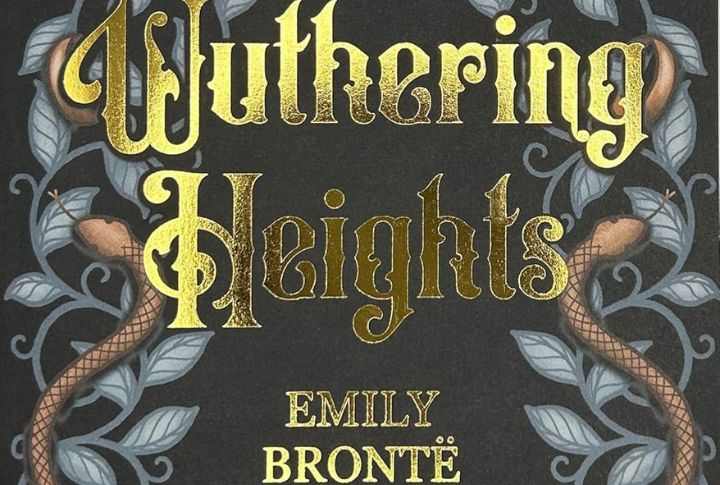
Romanticized by readers, “Wuthering Heights” is anything but romantic. Bronte’s story centers on toxic obsession and vengeance across generations. The novel dissects emotional damage and the dark side of human attachment.
The Catcher In The Rye
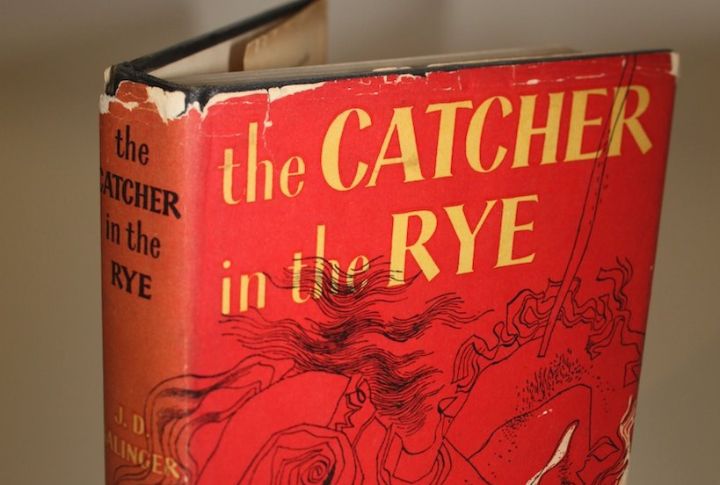
This novel is more than just a story about teenage rebellion. It explores feelings of alienation and struggles with mental health. Holden Caulfield’s journey centers on dealing with depression and the strong fear of growing up rather than simply defying authority.
Lord Of The Flies
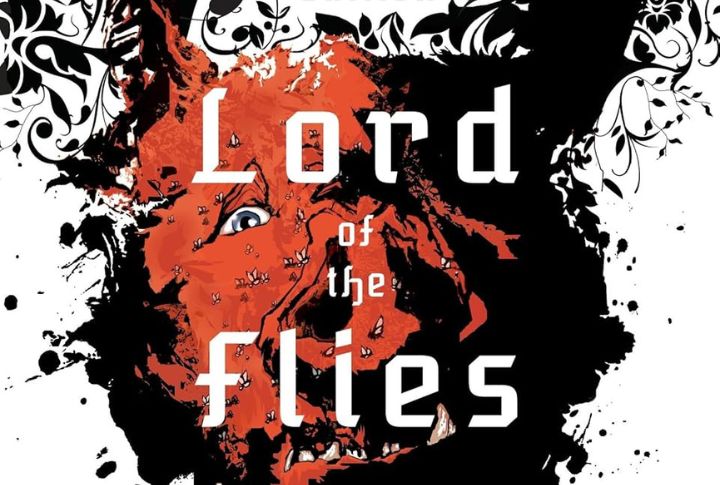
During the Cold War, “Lord of the Flies” was seen as a warning about moral decline. But Golding, a teacher and war veteran, believed civilization only hides humanity’s dark side. The boys in the story don’t just misbehave—they reveal the violent instincts he saw in real life during wartime.
The Scarlet Letter

Often taught as a story about sin, “The Scarlet Letter” is really a critique of the strict and unfair rules of Puritan society. The main character, Hester Prynne, stays strong and thoughtful even after being publicly shamed. Hawthorne uses her story to show how society, not God, often decides who should feel shame.
Animal Farm
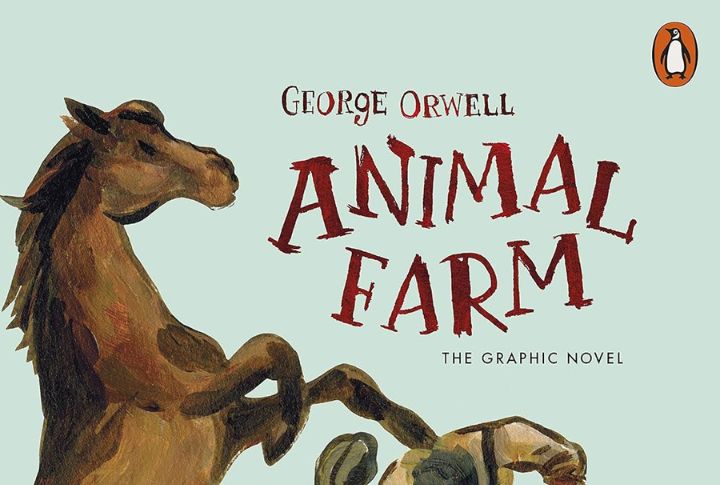
Power changes everything in “Animal Farm”—even the truth. Napoleon the Pig twists the revolution’s story and rewrites the past to stay in control. Orwell shows how catchy slogans can erase critical thinking. What begins as a fight for equality becomes a warning about how easily power reshapes language and memory.
The Picture Of Dorian Gray
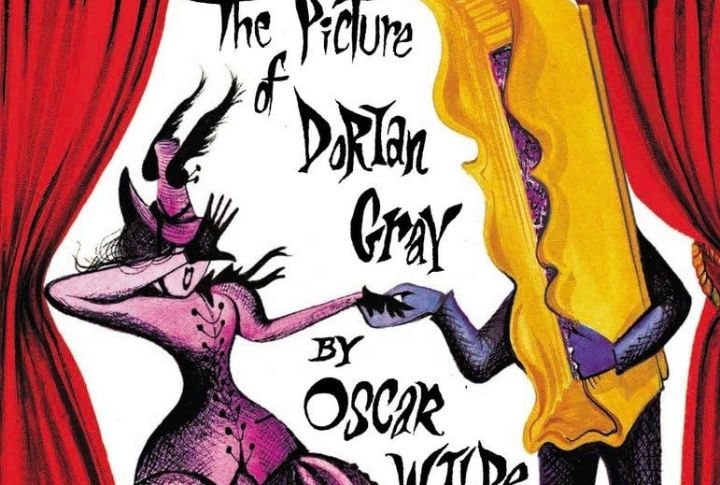
Wilde’s only novel is often skimmed as a warning against vanity, but it’s more than a beauty-gone-wrong story. It dissects the dangers of moral decay behind a perfect exterior. Wilde used Dorian to expose society’s obsession with image, denial of guilt, and self-serving virtue.

